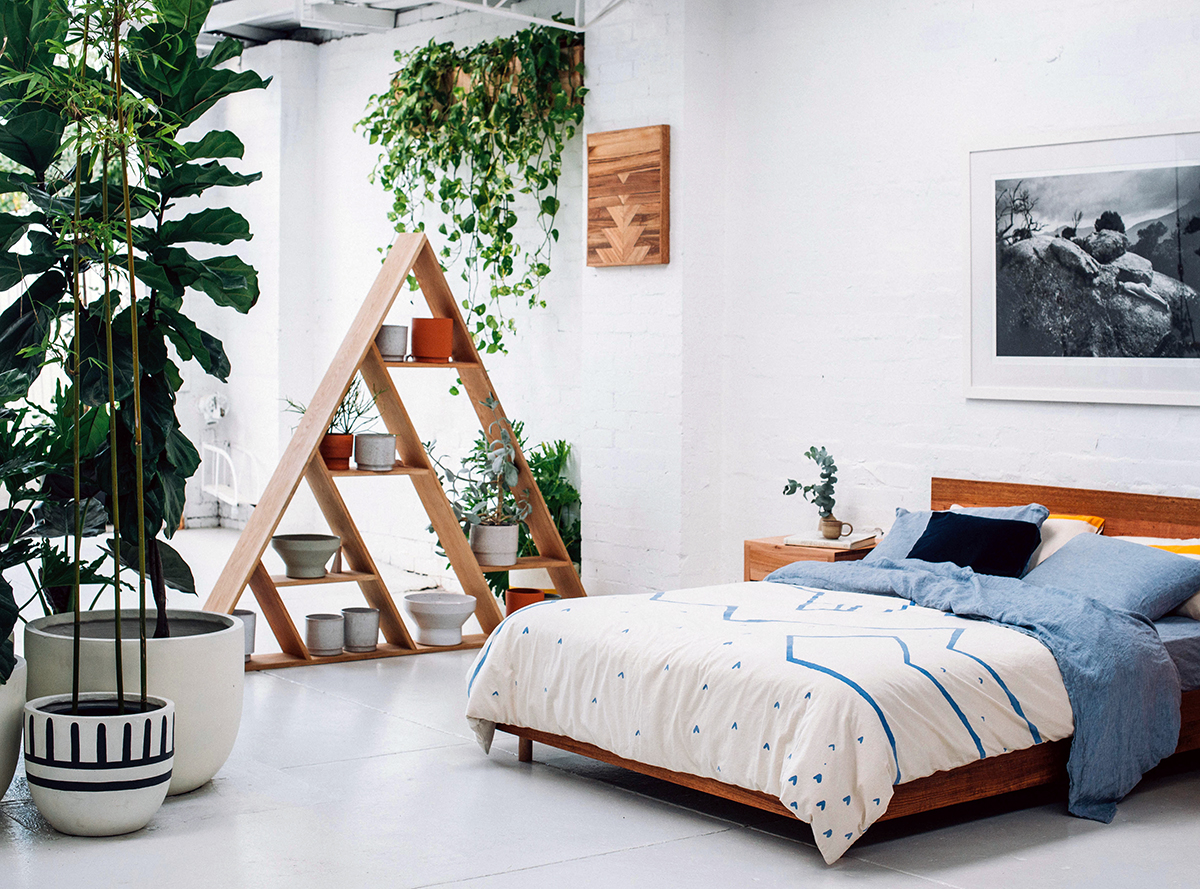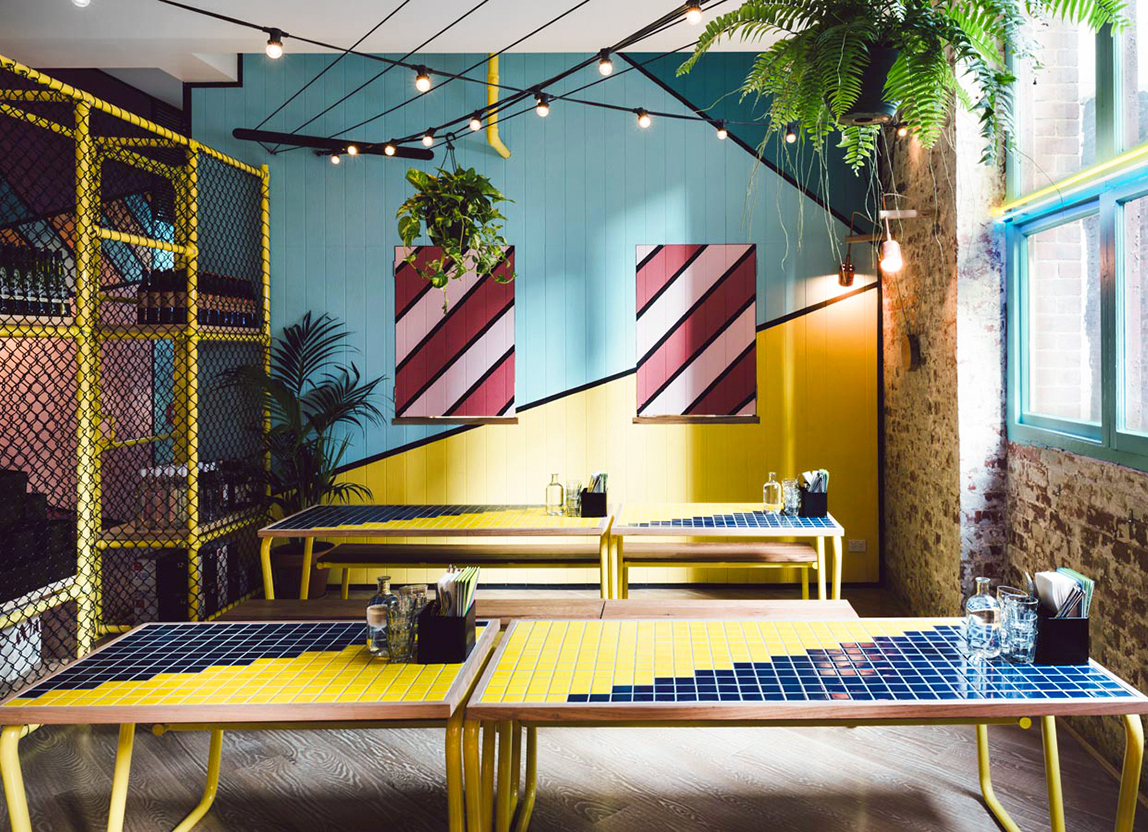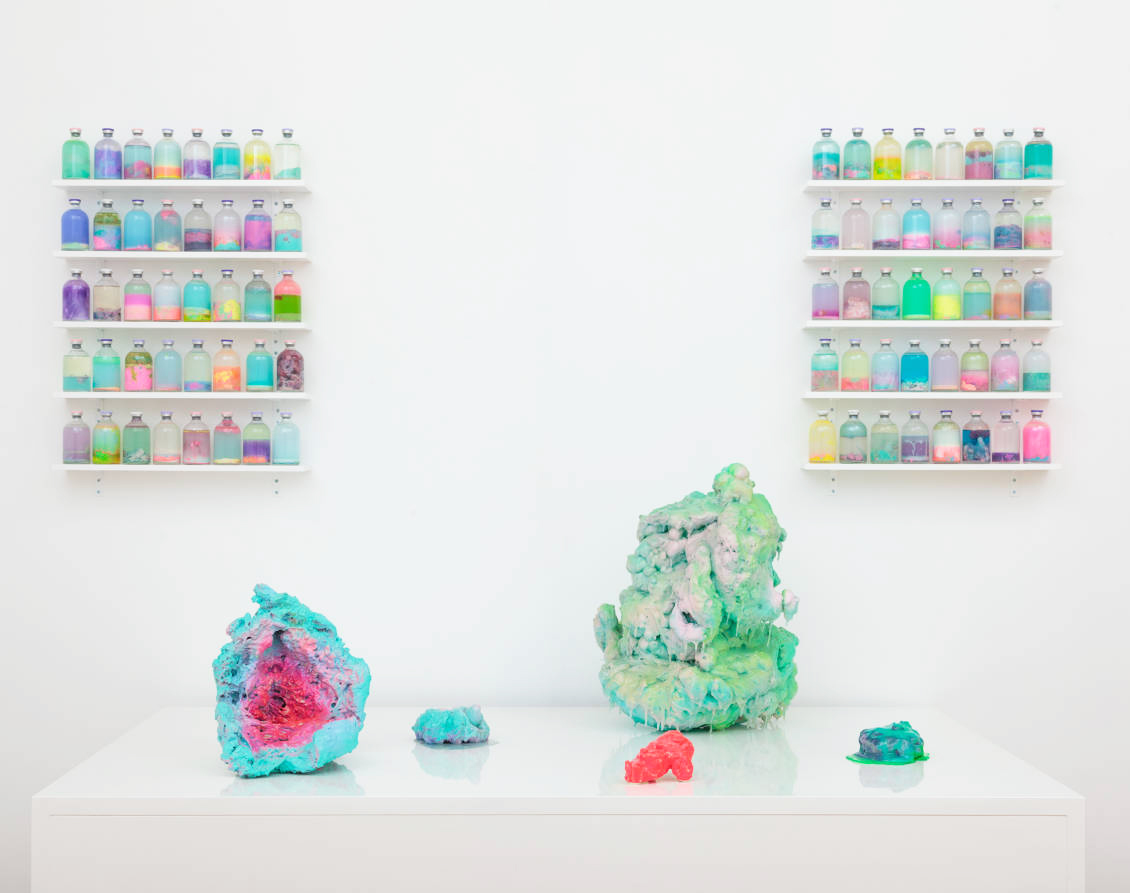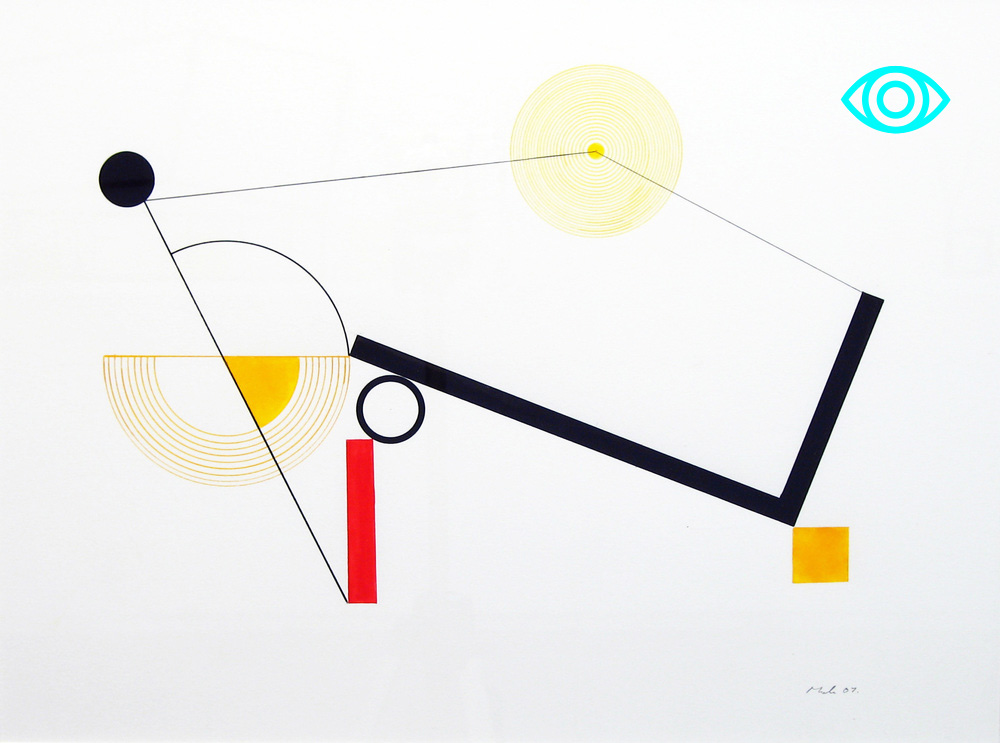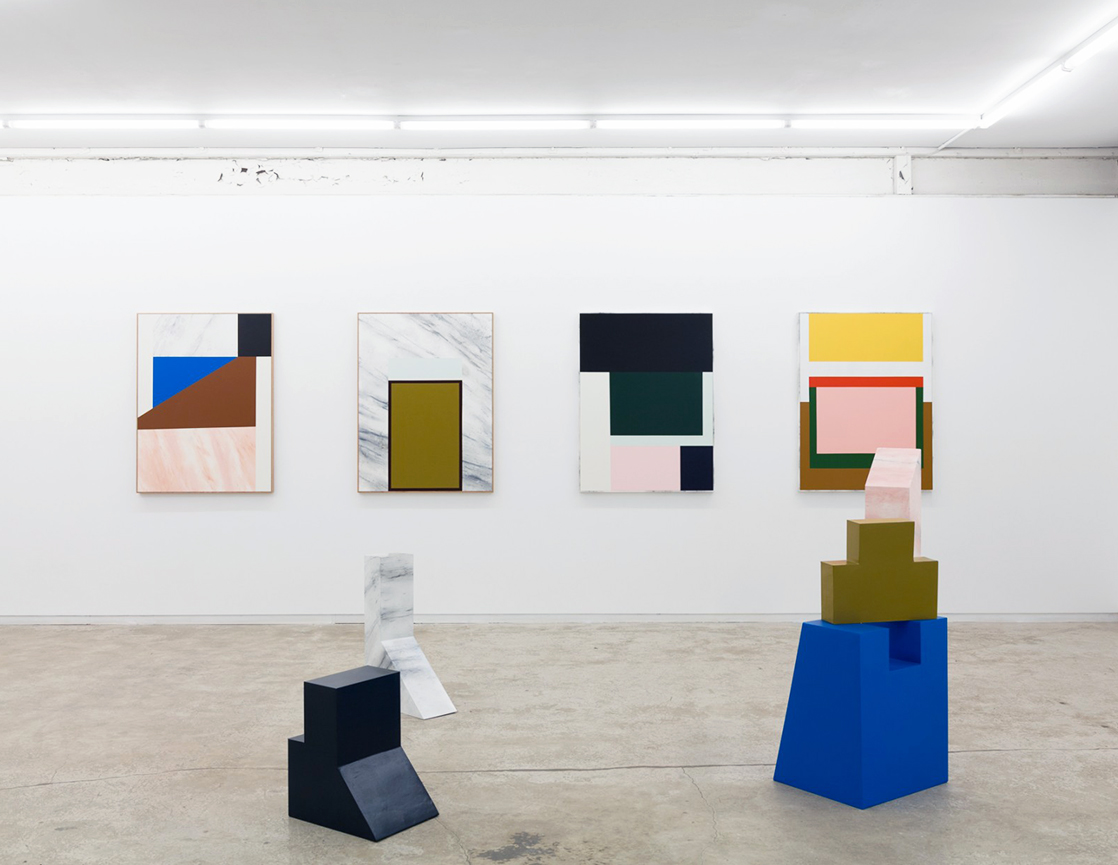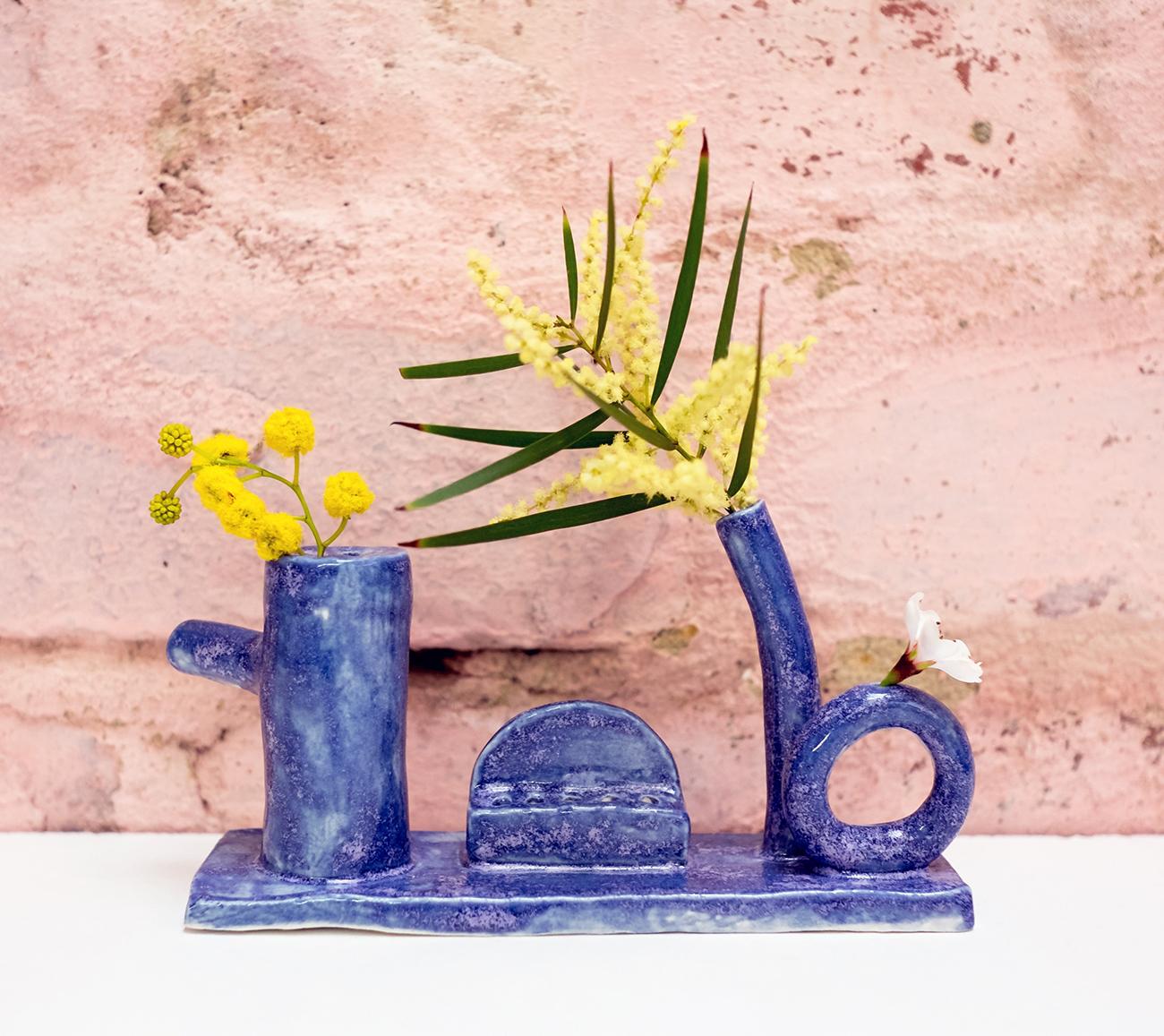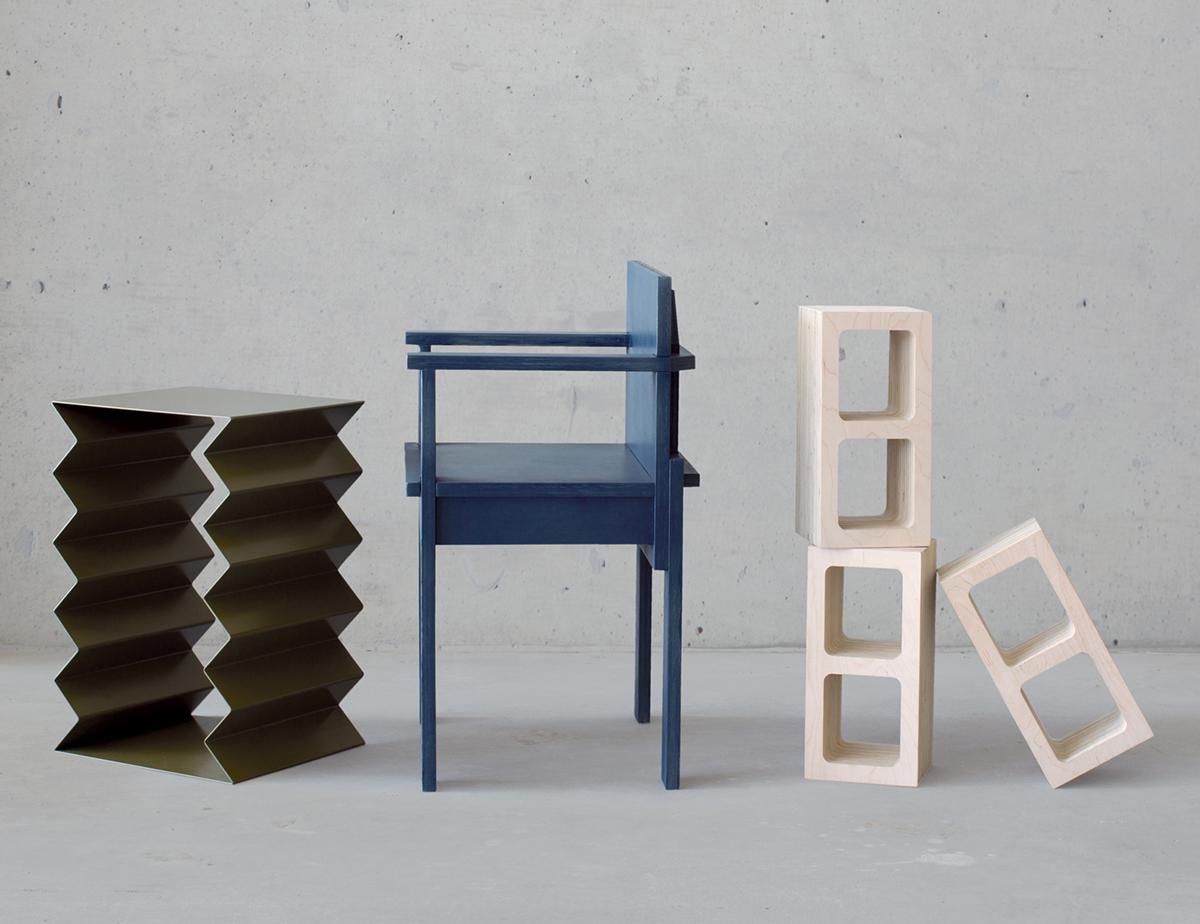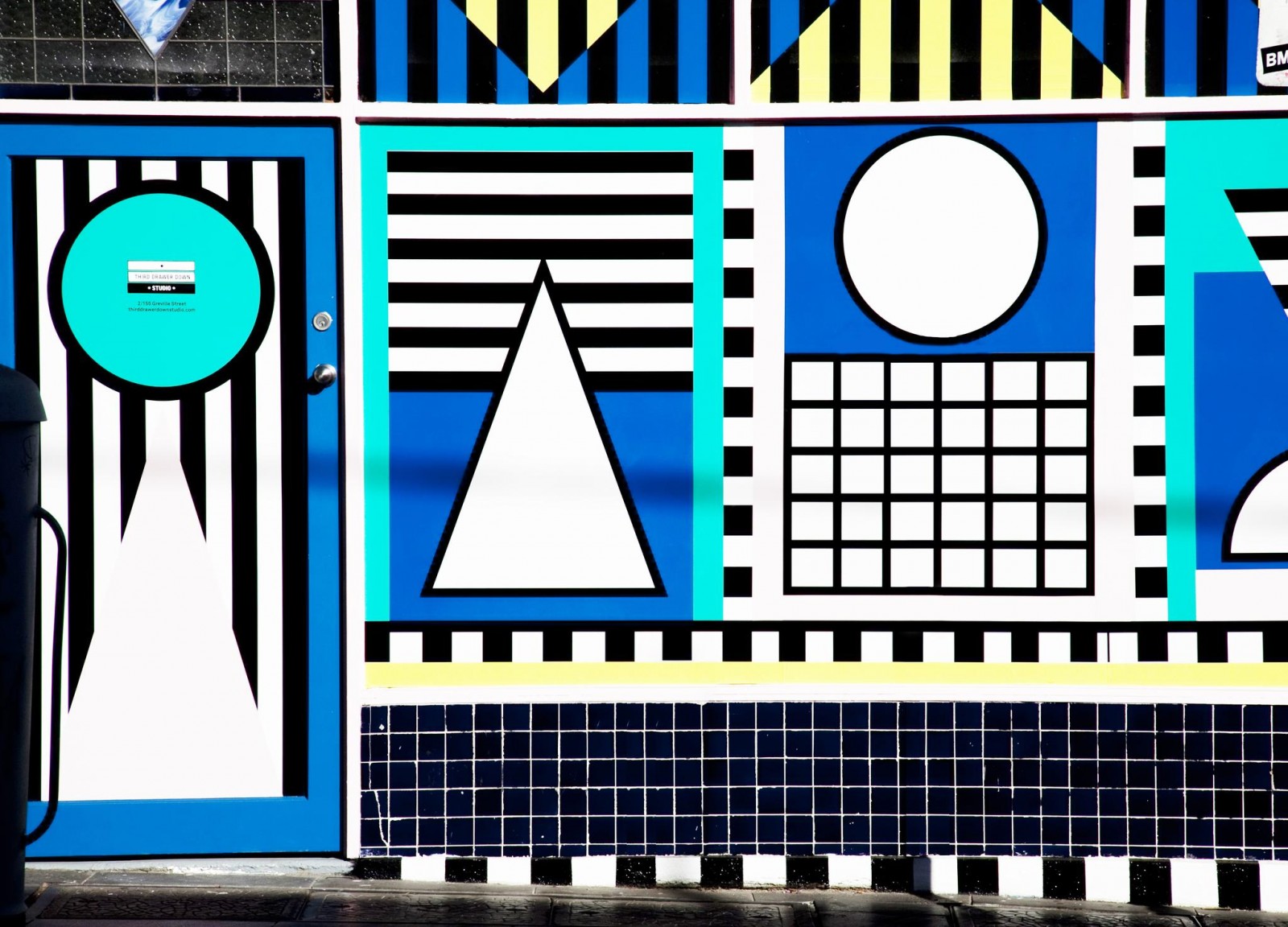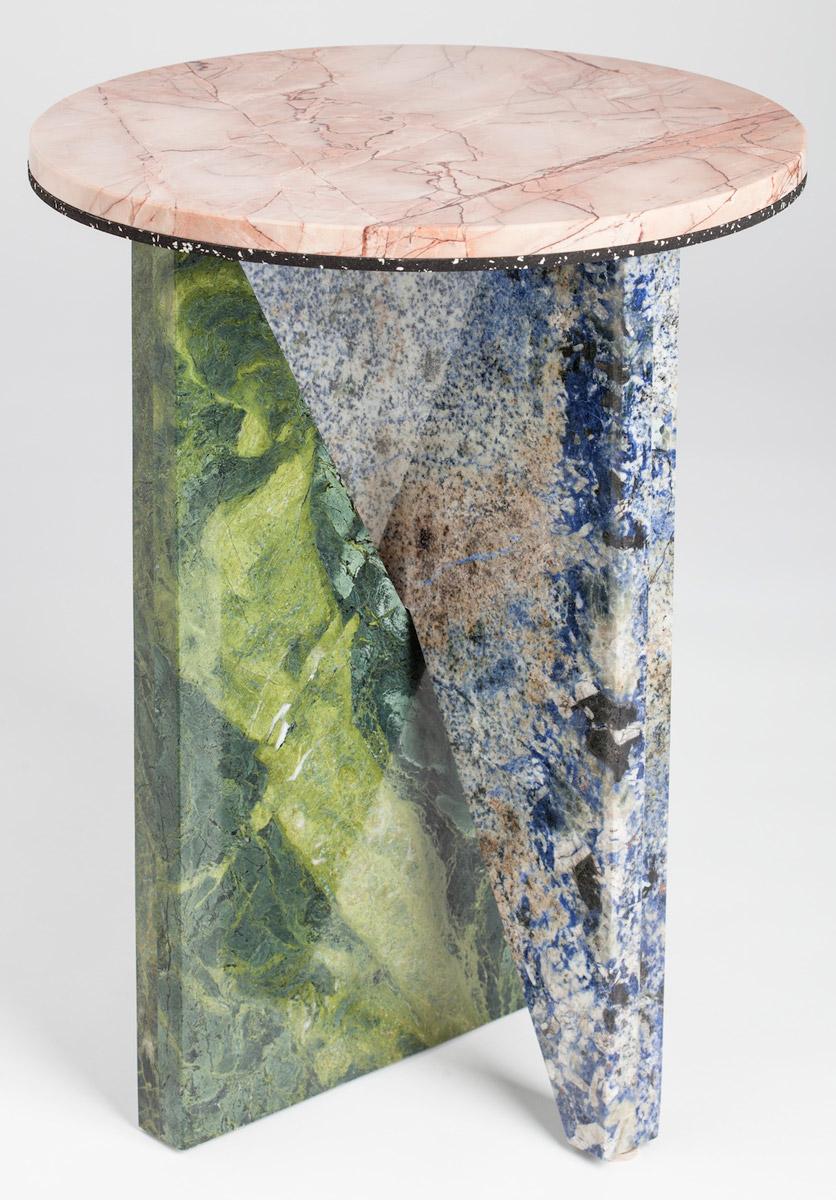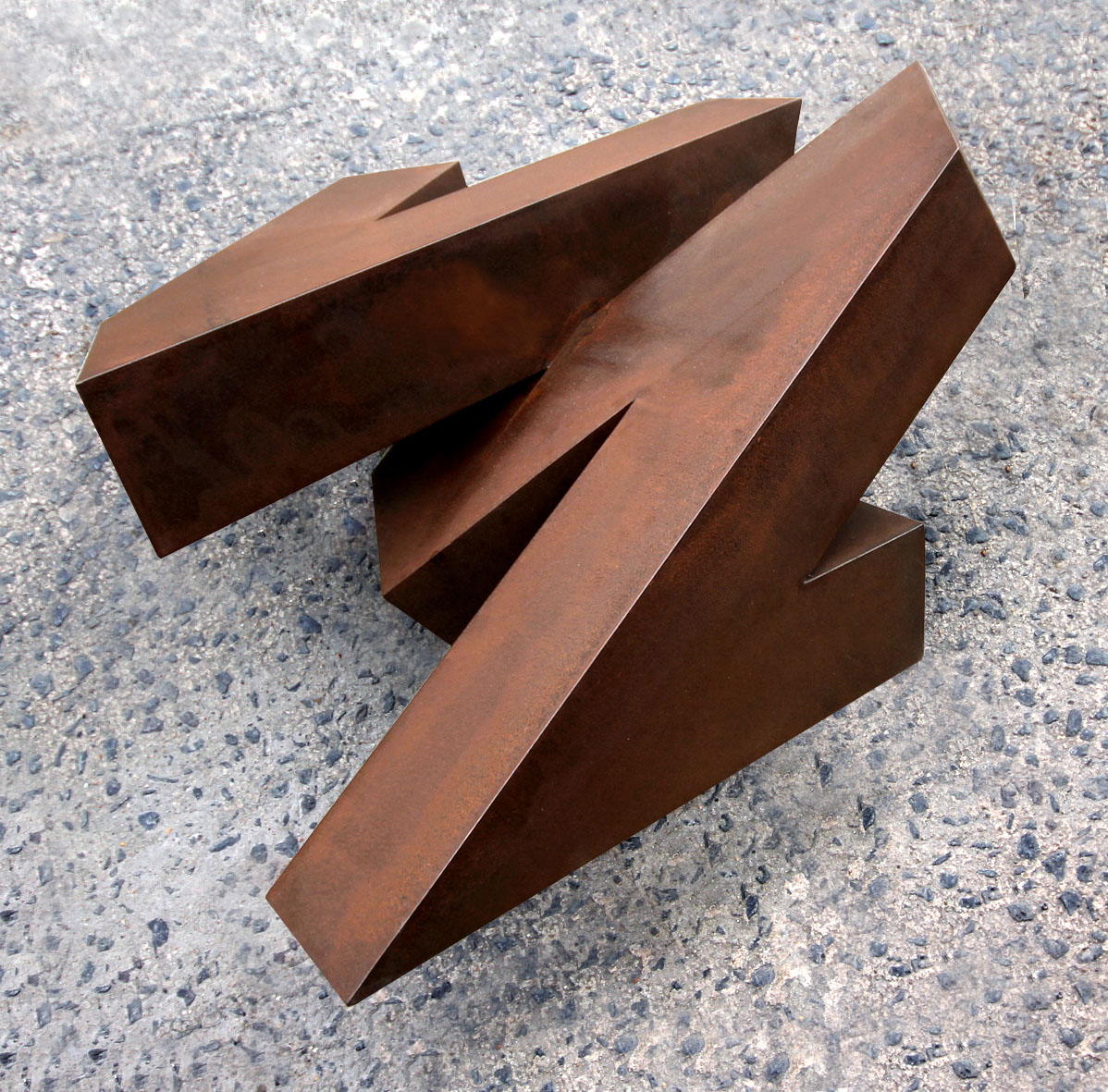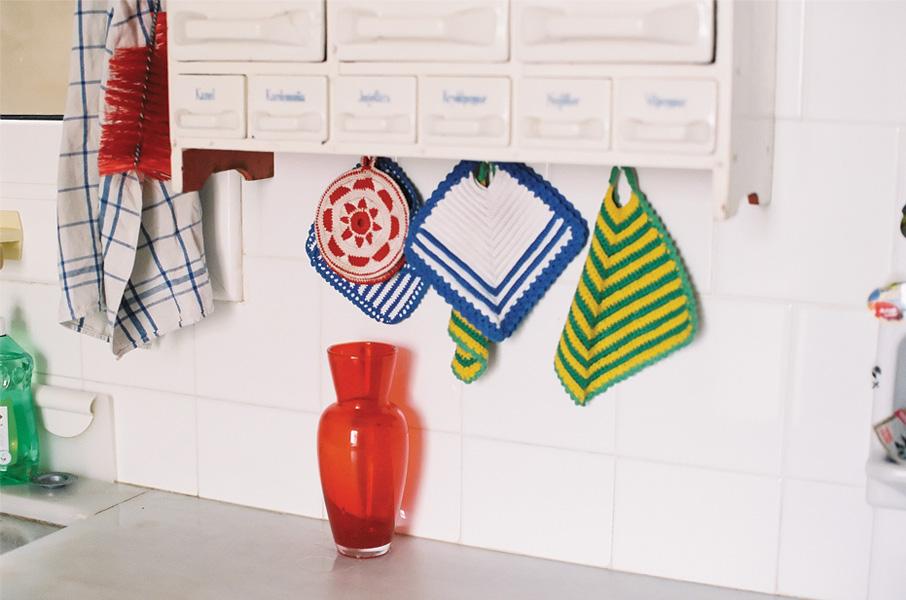Let's be honest for a second: The internet is wonderful. It's a fantastic platform for research, and it enables creatives all over the globe to gather inspiration. It allows for artists and designers to see what exists, what's missing, and to create accordingly. It's hard to imagine a world without it. But what if you were a young artist trying to make it in 1960s Australia? Where did one find insight and inspiration? If you were artist Peter D. Cole, you probably looked to your art-history textbooks and the latest imported magazines from that hotbed of modernism, New York. Perusing his work, you begin to see patterns, and his influences become ever more apparent. There's the very basic color palette of fire-engine reds, cool sky blues, and bright sun yellows, reminiscent of a Mondrian palette. There's the tilted shapes, which could be a nod to the fathers of abstraction, the Russian Suprematists. Further still, you begin to see a pattern of grids and cubes, an obvious allusion to Sol LeWitt, one of the most famous artists practicing when Cole graduated in 1968. Mobiles similar to Calder's, colorful forms attached by thin black lines reminiscent of Miró — we could go on but we'll stop ourselves there. It's through this weird, sometimes obvious amalgamation of influences that Cole is able to create original, inspired work that's evocative yet far enough removed to be his own style.
